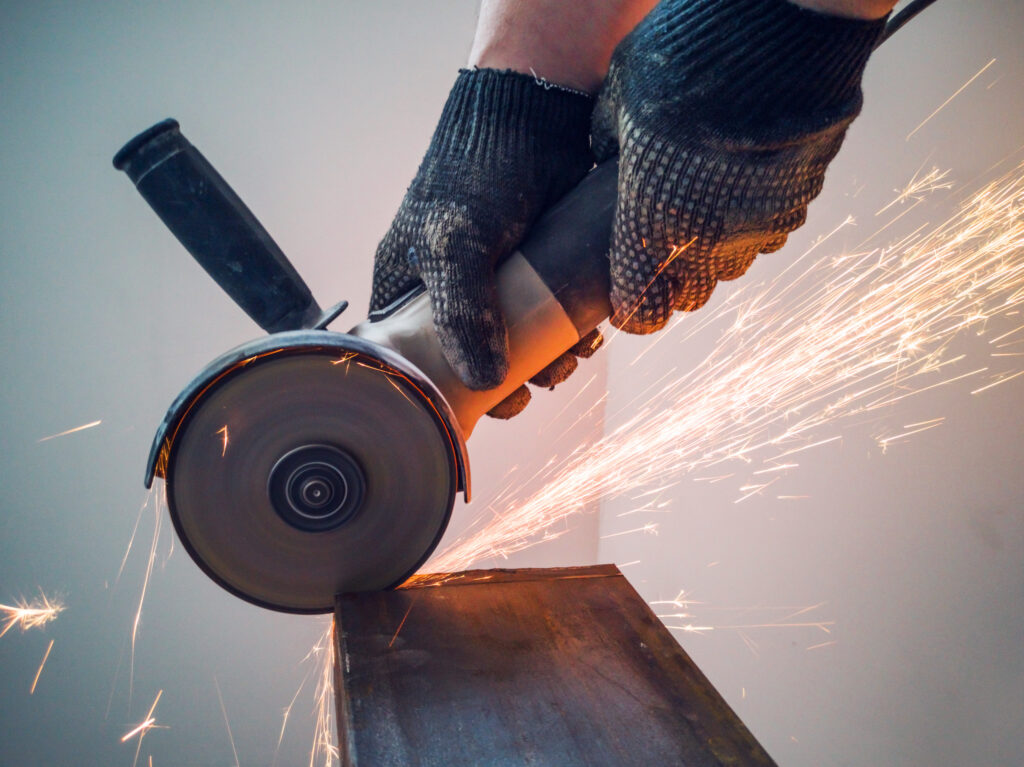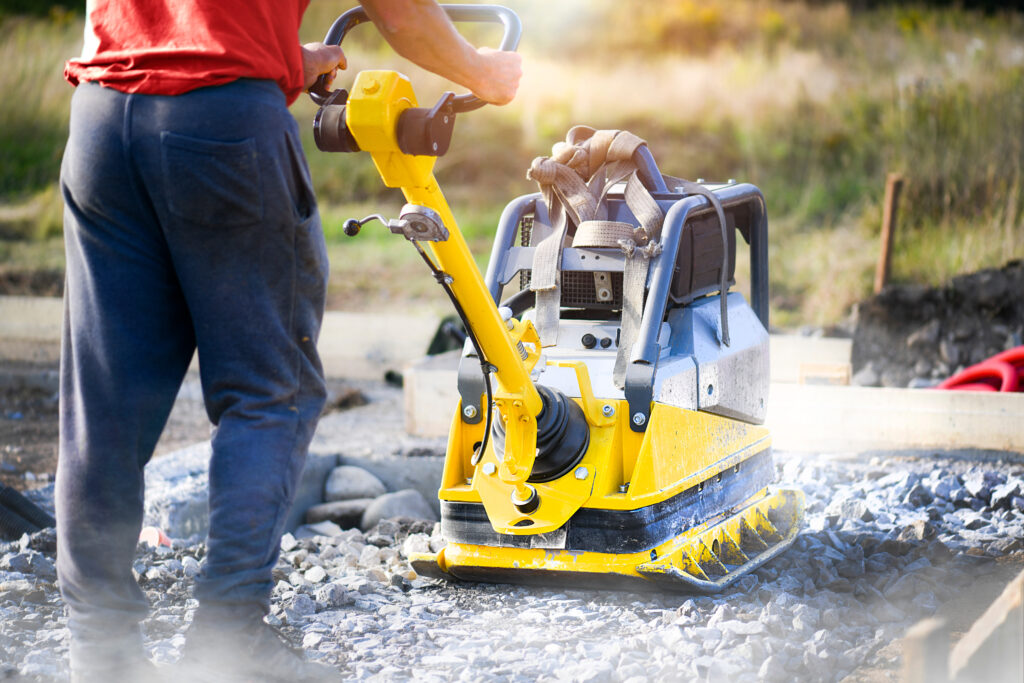Long term vibration exposure is most commonly an issue for people working in construction and manufacturing, with the implications for those affected life-changing in some cases. It can lead to disabling conditions such as Hand Arm Vibration Syndrome (HAVS) and chronic back pain, making their day job much more difficult, or even impossible in severe situations.
There are two main ways that vibrations are experienced. As you might have guessed by the name, hand arm vibrations are experienced through the hands, such as when using electric tooling, while whole body vibrations are experienced from the feet up – for example, when driving a tractor or forklift truck.
Both types of exposure can be dangerous but there are a number of measures you can implement that work hard to reduce the risks associated with vibration exposure.

Here we share five of the most common measurements we recommend to our clients…
First thing first, do you HAVE to use it?
Once you have identified all of the vibration risks within your business, we’d suggest working your through it and considering whether you actually have to use it. Is there an alternative with little to no vibration exposure? If you do, then is an updated piece of equipment/machinery that is safer? This is the very first place to start.
Time limits
In the case of high vibration situations, such as working with certain tooling, a maximum time limit of exposure needs to be established so you can implement safe systems of work. A risk assessment – competed via the testing of individual tools – needs to be completed to ascertain what the time limit would be per tool, with this having many variables depending on the equipment/tool manufacturer, what its used on, where its used and how old it is etc.
Following a thorough risk assessment and evaluation, our skilled technicians are able to provide you with vibration measurements, as well as provide asset registers and label tools and equipment on your behalf.
Regular risk assessments
Any business that has identified a vibration risk should be working below the recommended Exposure Action Value of 2.5 m/s. The only way to be sure this is the case is to complete regular risk assessments on all power tooling and handheld machinery. This should be completed every two years, if not more frequently depending on the vibration levels identified – our experts can guide you on this.
Education
There’s two sides to this – it is important that everyone handling any kind of vibration-related equipment should be given training on how to use it properly. Some techniques are better than others for reducing vibration exposure and so these should be regularly communicated and demonstrated to the team and set out as best practice.
Alongside this, we’d also recommend sharing and encouraging routine exercises that promote good blood circulation – such as gloves to keep warm and hand and finger massaging.

Equipment maintenance
Last but certainly not least, ensuring that all tools and equipment is properly and regularly maintained/repaired is key in reducing any additional, unnecessary, vibration. The frequency of which you should be checking will vary depending on how often the tools are being used and how long for, but as a general rule we would encourage someone checking for damage before each and every use and then a more thorough, routine check on a monthly basis – at minimum.
Our team have vast experience in assessing the workplace for vibration exposure and in suggesting proactive measures that can make a big difference. We will…
- Identify where risks might come from
- Advise who is likely to be at risk of exposure to vibration
- Test tools and equipment for vibration magnitude levels
- Recommend which steps you need to take to be compliant
- Identify those employees who need frequent health checks
Contact our friendly team today to find out more about our vibration assessments.
